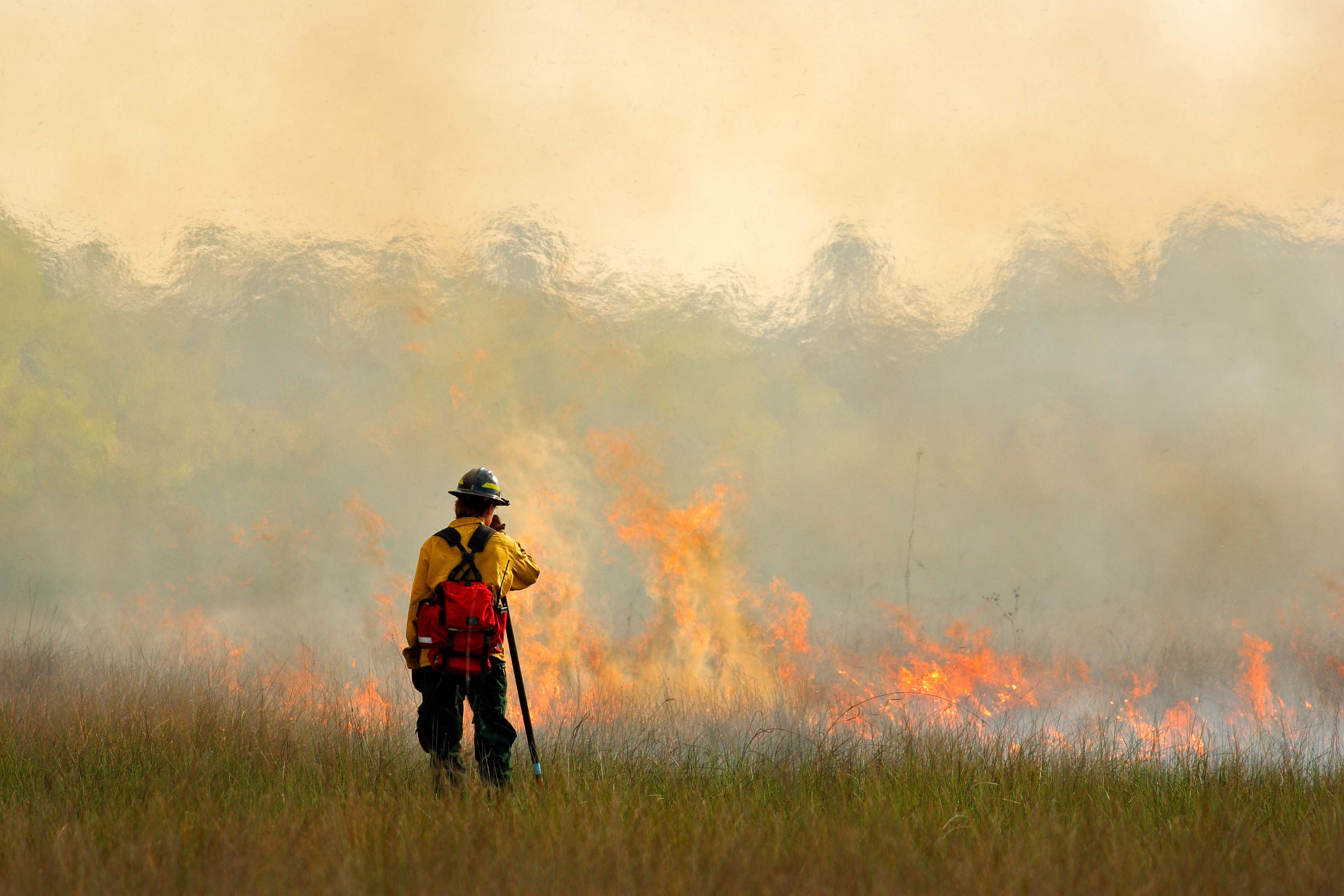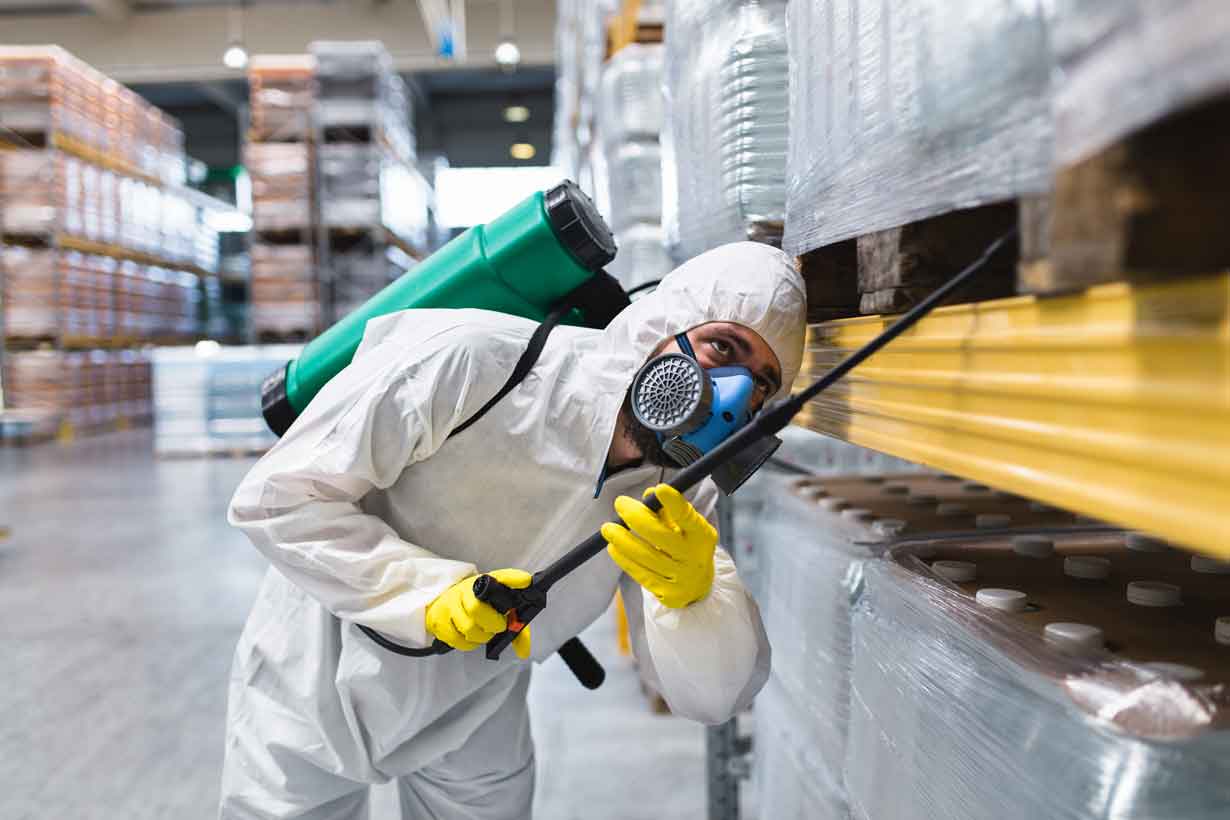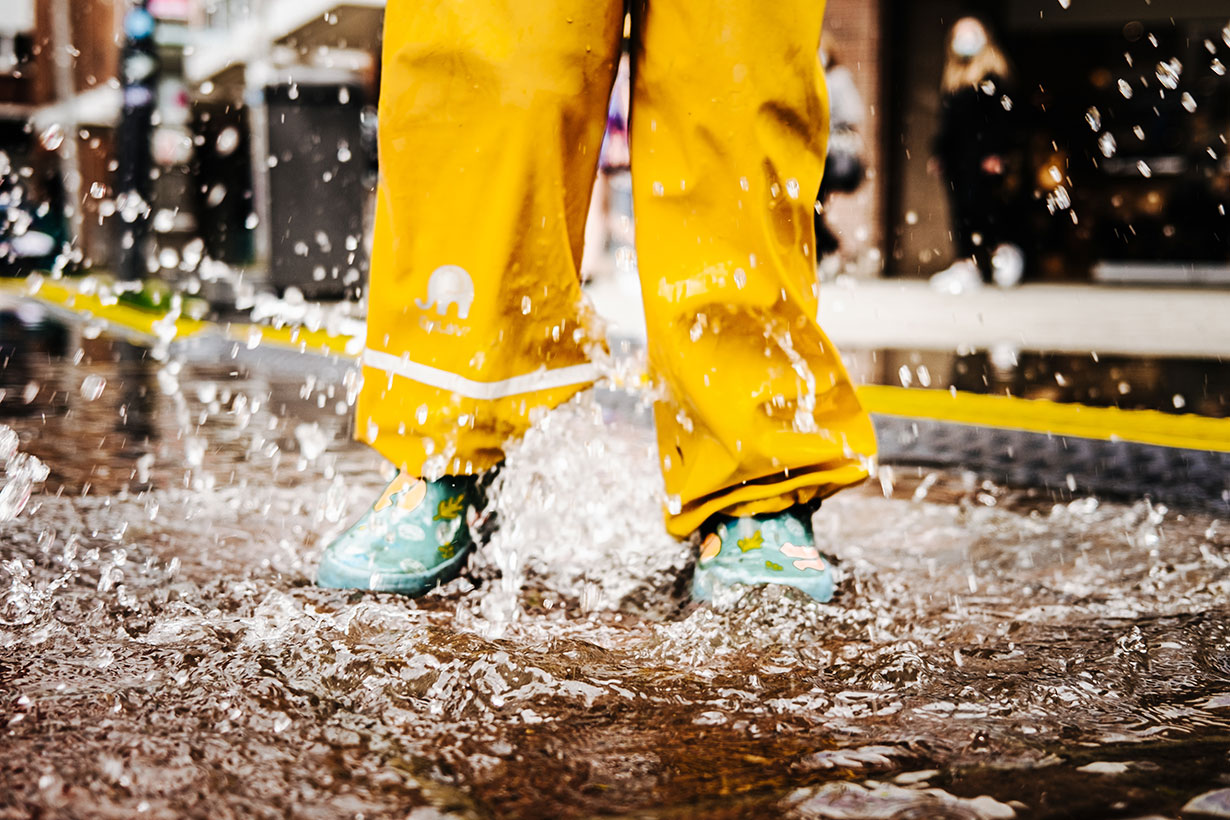

Wildfire Supply Essentials
By Grainger Editorial Staff 7/30/24


Data from the U.S. National Interagency Coordination Center (NICC) show that, since 2000, an annual average of 70,600 wildfires burned an annual average of 7 million acres of land. Under the right conditions, wildfires can occur in any state in the U.S. NICC data shows that more wildfires occur in the Eastern U.S. but that those in the Western U.S. are larger and burn more acreage. If your business is located in a higher-risk area, having the right supplies is an essential part of your preparation, as is knowing how to respond and recover if your business faces one of these natural disasters.
Preparing for Wildfires
OSHA recommends creating a wildfire evacuation plan for your business that includes what circumstances will activate the plan, evacuation routes to follow, how to account for personnel, customers and visitors and what types of protective equipment you should gather for personnel. It’s wise to test and practice the emergency plan first with your employees.
Another key step in preparation is understanding the risk: many U.S. government agencies offer resources, apps and alerts to help keep you aware of wildfire dangers. The National Interagency Fire Center provides seven-day and monthly outlooks for wildfire potential for the current month and predictions for the three months after that. AirNow, which estimates the U.S. Air Quality Index (AQI), provides fire and smoke maps that can be targeted to your specific area. In addition, you can sign up for their air quality forecast notifications. Meanwhile, the National Weather Service provides fire weather maps. Or, you can download the FEMA app and receive real-time alerts from the National Weather Service for up to five locations nationwide.
Equipment to Protect Workers
Protecting your workers will require personal protective equipment as well as a dependable means of communication and other equipment in the event power is lost.
Respiration Equipment: One necessary part of a wildfire supply kit is respiratory protection equipment, which provides clean air for breathing and protects against harmful fumes or airborne contaminants. Disposable masks can help block airborne particles like ash, dust or other irritants.
Radios: Emergency or weather radios help people stay informed in case of an emergency. Some radios offer the option of using an AC adapter, but if the power is out, you'll definitely need batteries, so be sure you have extra on hand.
Light Sources: Wildfires can damage infrastructure such as power and gas lines, disrupting power supply to homes and businesses. Keep flashlights and headlamps on hand so workers can access light sources as needed in case of power outages. Those light sources may also be handy if workers have to navigate dim and smoky areas during an evacuation.
![]() Be Ready for Wildfires
Be Ready for Wildfires
Safeguarding Your Facility
Preparing your facility requires an assessment of the surrounding areas, clearing any flammable debris, as well as alarms and fire extinguishers.
Landscaping Tools: For wildfire preparation, FEMA recommends creating a safety zone around facilities. They suggest removing combustible material and reducing the volume of vegetation in a 30-foot zone around buildings, and maintaining 10 feet of clearance to overhead power lines. They also recommend clearing branches and shrubs within 15 feet of chimneys or stovepipes and removing vines from the walls of buildings. Cutting and pruning tools like chainsaws and hedge trimmers help with these tasks. Garden hoses can be used to water down areas of vegetation and buildings to help reduce damage if a facility is in the path of the wildfire.
Alarms and Detectors: Ensure the smoke alarms and carbon monoxide detectors in your facilities are installed and tested regularly. Heat alarms provide an early warning of heat from fire and may also be helpful in your facilities.
Fire Extinguishers: Fire extinguishers are portable and spray either water or wet or dry chemical agents to put out small fires. Like smoke alarms, these too should be checked to be sure they are operational. Most have gauges that indicate if the extinguisher is fully charged. If it is not, recharge or replace it.
Safes: If you have physical media, documents or records that remain on-site, these items can be stored in fire-rated safes. Determine the UL classification of safes, which will note the highest temperature the safe can withstand and for how long. Once the fire danger has passed, however, do not immediately open the safe or strongbox. They can hold intense heat for several hours, and if opened before they have cooled, contents can ignite.
![]() Be Ready for Wildfires
Be Ready for Wildfires
Wildfire Response and Recovery
Response to a wildfire includes staying alert to warnings and complying with evacuation orders if given. OSHA notes that during and after a wildfire, workers may be involved in response and recovery operations. They caution, however, that tasks such as utility restoration, hazardous material clean-up and search and rescue should only be conducted by trained workers with the necessary equipment and experience. Never return to an evacuated area until officials have given permission to do so.
Equipment for During a Wildfire
Each stage of a wildfire-related disaster requires specific tools. Here are some essentials to consider for during a wildfire.
Filters: You may need to address air filtration if your facilities are in the area affected by the wildfire or its resulting smoke. Air filters can help reduce noxious smells.
Firefighting or Fire-Containment Gear: As OSHA noted, only trained workers should fight fires or attempt to clean in hazardous areas. These trained workers may need wildland fire hand tools like fire rakes or swatters, which are steel-headed tools typically with long handles used to reach into undergrowth, dig up ground, cut through wood and swat out flames.
Equipment to Protect Workers After a Wildfire
Poor air quality due to smoke, and the hot, dry conditions wildfires leave behind can be just as dangerous to people once the immediate dangers of the wildfire has passed. Here are some considerations for your people once the fire has subsided.
Hydration: Hot and dry conditions often accompany wildfires. Sports drinks and thirst quenchers are a handy wildfire supply and help keep workers hydrated. They are made for high-heat environments to help reduce heat-related illness. Portable coolers and beverage jugs allow workers to take water and other drinks with them as needed.
First Aid: First aid kits and wound care may be needed to treat non-critical injuries like minor burns, scrapes or cuts. Bandages and first-aid tape can cover wounds and secure bandages. Topical ointments, creams and antiseptics may help relieve pain and clean and disinfect minor burns.
Communications: Wildfires may harm communications infrastructure, such as cell phone towers. Two-way radios enable clear and instant wireless communication between workers on job sites. Many can be clipped onto a belt or vest, to remain out of the way during work tasks. Some models are water- and dust-resistant.
Protective Gear: If workers will be in burned areas or areas impacted by wildfire smoke, they may need protective gear beyond respiratory masks. Workers may need firefighter gloves, jackets and pants, which help protect them from heat and flames.
![]() Be Ready for Wildfires
Be Ready for Wildfires
An emergency like a wildfire can be devastating without the right supplies and equipment on hand to prepare for, respond to and recover from an event. Learn more about how to protect your people and business from wildfires.
For additional tips on how to prepare for wildfires and other emergencies, review Grainger Emergency Preparedness for solutions, expertise and support.

Safety Management
6 Tips to Help Prevent Slips, Trips and Falls
Identify the fall hazards in your workplace and implement a fall safety program. Check out these tips from Grainger so you can mitigate risk.
![]() OUR LATEST KNOWHOW
OUR LATEST KNOWHOW

Equipment
Facility Pest Control: How IPM Helps Safely Manage Insects
Discover safe, compliant pest control with IPM. Find tips for insect monitoring, sanitation and safe insecticide use in commercial facilities.
The information contained in this article is intended for general information purposes only and is based on information available as of the initial date of publication. No representation is made that the information or references are complete or remain current. This article is not a substitute for review of current applicable government regulations, industry standards, or other standards specific to your business and/or activities and should not be construed as legal advice or opinion. Readers with specific questions should refer to the applicable standards or consult with an attorney.


















